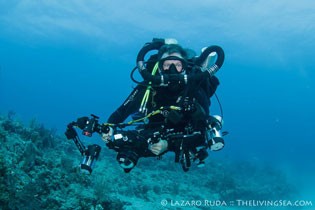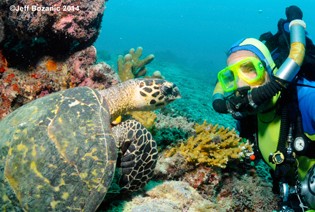We recently caught up with Asser Salama, author of the new release, Deep Into Deco: The Diver's Decompression Textbook. Asser is a technical diver and instructor, is founder of Tech Diving Mag and developer of Ultimate Planner decompression planning software. He has a bachelor’s degree in engineering and a master’s degree in business administration. A software developer with an interest in decompression modeling, Salama plans to implement computational algorithms based on credible research papers to prevent some pioneering work from fading into academic obscurity.
Copyright
© Best Publishing Company








